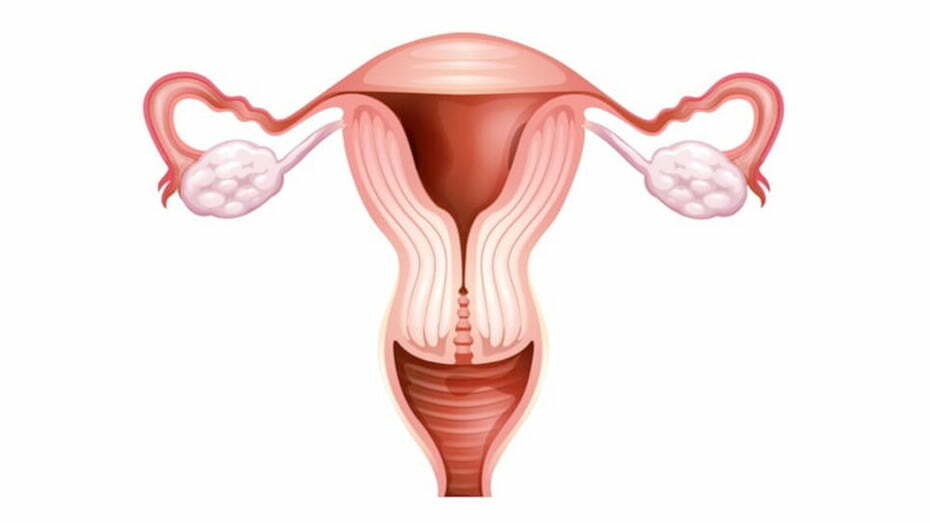Problems in infertility caused by women are usually; uterine disorders, anomalies, ovulation disorders, hormonal imbalances and partially or completely obstructed tubes. Women ovulate during their ovulation period once a month, that is, the egg is expelled from the ovary.
Then, one of the fallopian tubes, which have two on the right and left, catches this egg with the fringes in the cervix, and if it meets the sperm, fertilization and therefore pregnancy may occur. In order to achieve pregnancy naturally, first of all, the woman must be able to ovulate in a healthy way, and then the tubes must be working with full function. Because the most common cause of infertility caused by women is that the tubes are blocked.
How is the diagnosis of a disorder in the tubes made?
Couples who apply to the doctor with the complaint of not being able to achieve pregnancy naturally are first given ultrasound and sperm analysis. If these give positive results, a uterine x-ray is taken and the condition of the channels is evaluated. In this sense, the woman’s past pregnancy and infertility histories are also important to answer the questions of whether she has had more than one abortion, whether she has given birth by cesarean section, whether appendicitis has burst or whether she has undergone intra-abdominal operations. If it is seen that one or both of the tubes are closed and blocked in the uterine film data, a clear diagnosis is tried to be made by the laparoscopic method (closed surgery).
According to the results of laparoscopy, if one of the tubes is closed and the other is open, the probability of the woman to become pregnant naturally is very low. However, when one of the tubes is open, it can be achieved by insemination. In cases where both tubes are blocked, the tubes can be opened by laparoscopic method and pregnancy can be achieved. However, if the woman’s age is advanced, pregnancy can be achieved with IVF treatment in order not to lose more time.
What are the causes of obstruction of the tubes?
Pelvic (intra-abdominal) infections
Infections that occur in the intra-abdominal organs of the woman such as the ovary, tubes, uterus are often not felt, they can even turn into an abscess in the later period and lead to obstruction in the tubes. Pelvic infections can both disrupt the connection between the tubes and the ovaries and cause fluid accumulation in the tubes, and therefore dysfunction is seen in the tubes. Infertility may also occur if both of the tubes are blocked due to infection.
Surgical operations
Myoma surgery, ovarian cyst removal, bowel operations can cause the problem of tube obstructions. As a matter of fact, all kinds of factors that adversely affect the intra-abdominal tissue and the organs in the abdomen can damage the tubes.
Endometriosis (chocolate cyst)
The formation and settlement of the inner tissue of the uterus in areas outside the uterus is called Endometriosis. When endometriosis occurs in an area close to the tubes, it can damage the functions of the tube and disrupt the coordinated relationship between the ovaries and tubes.
How are tubes treated?
Tubes, under normal conditions, are located between the uterus and ovaries. If the tubes are obstructed, it is important for the treatment whether there is a blockage in the place close to the uterus or the ovaries. If there is a blockage in the parts of the tubes close to the uterus, the obstructions are opened with microsurgery and approximately 60-70% success is achieved.
Because in microsurgery, obstructions are removed by cannulation to the tubes. If it is observed that the inside of the tubes is filled with liquid during the examinations, the tubes are completely removed by laparoscopy or open surgery, considering that the fluid will damage the embryo. Treatment of obstructions in the tubes with surgical operations does not provide 100% success, but it increases the chance of pregnancy naturally. However, it should not be forgotten that in cases of obstruction in the tubes, treatment methods that help reproduction are effective.
In addition to all these, it is useful to underline that; In tube problems other than the problem of fluid accumulation in the tube that will require the removal of the tubes, first of all, the treatment direction should be taken.

